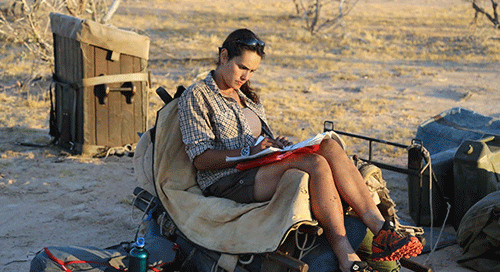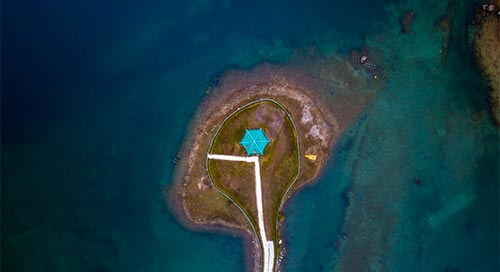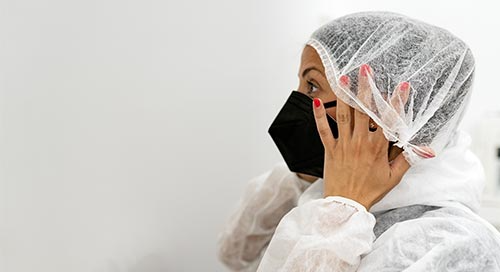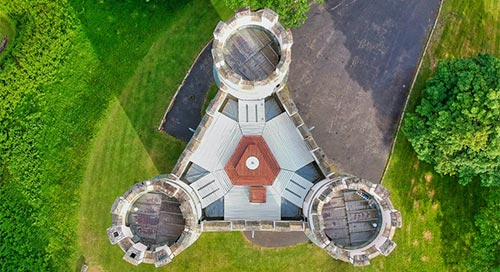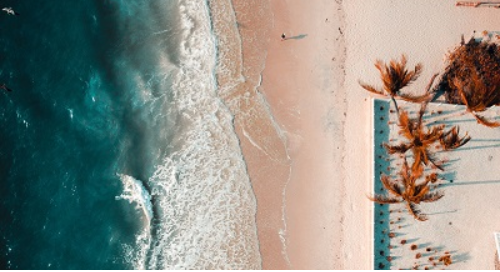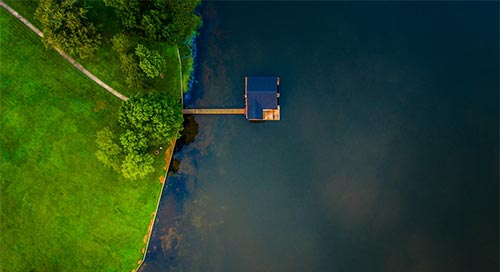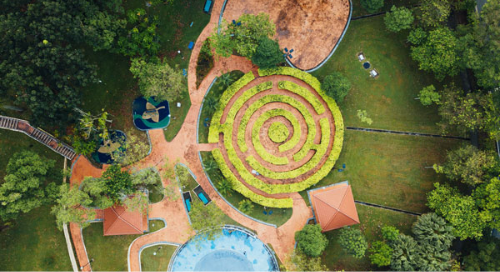is-communicating-your-research-to-the-public-worth-it-this-study-shows-podcast-episode-6
October 22, 2019
For six episodes of This Study Shows we’ve been hearing from people trying amazing new ways to communicate their research. Every one of them is inspiring, but even still, sharing your story might still fall to the bottom of your to-do list. In our last episode, we talk about whether it’s worth it, and what impact research communications can have on the public imagination and the next generation of scientists.
Featuring Henry Dick, a geophysicist from the Woods Hole Oceanographic Institution, Jennifer Cutraro, the founder of Science Storytellers, and Mike Morrison, a psychology Ph.D. candidate from the University of Oxford.
Our Last Episode Got Us Thinking.
Is it all worth it?
Well, of course we think it is. As Mary-Ann Ochota says in our first episode, “if you’re not bothered about whether your science or research has impact, why are you doing it?”
In our last episode we wanted to start off by talking about what happens when it doesn’t come together. Henry Dick has been fighting for the recognition of his work for decades. He wants to drill into the center of the earth. We don’t know what’s down there: microorganisms that can pass through the Mohole barrier between the crust and the mantle? New elements? Dinosaurs (à la Jules Verne)?
But there’s something about looking down at our feet and wondering what’s below there that hasn’t been able to capture the public’s imagination as much as looking up into the stars and wondering what’s out there. Understanding what our planet is made of is critical to our survival, but funding decisions haven’t been kind to this less exhilarating type of exploration.
Henry Dick’s work is an example of how public perception and inspiring communication can have a direct link to research funding.
Inspiration can start at a young age. We didn’t talk too much in the podcast about communicating with children, so we wanted to bring on Jennifer Cutraro, founder of Science Storytellers, to talk about it. She sets kids up as mini-journalists and lets them interview scientists all about their work and—best of all—about their mistakes. Science Storytellers manages to tick a lot of boxes: we’re humanizing researchers, we’re creating two-way conversation, and we’re empowering the next generation to think critically and ask their own questions.
Are you starting to get inspired to shake things up?
Little changes can make a big difference. Our last guest of the season, Mike Morrison, talks about a big impact that can come from a pretty simple change to the classic conference poster. As he points out, we’re not paying attention to what the evidence says when it comes to communicating a message. We present massive blocks of text that have no hope of catching someone’s eye as they wander a poster hall. To Mike, the fear of not conforming holds us back, and the bias that science communication must look hard, because science is hard, stops it from being successful.
In the end, I think it’s worth it to bring the research into the story you tell about your work, while at the same time keeping the communication human, simple, and exciting. Hopefully, you love the research you do, and isn’t it worth it if people can see your passion?
We hope you’ve enjoyed this season of This Study Shows Subscribe to our podcast at iTunes, Spotify, Castbox, or Deezer and let us know what you think at thisstudyshows.com.

